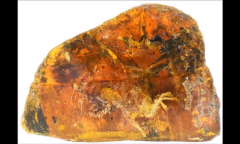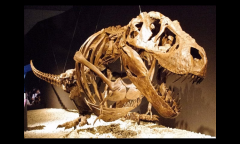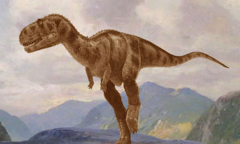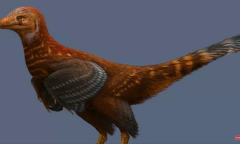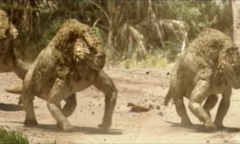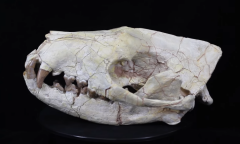By KM Diaz, | June 10, 2017
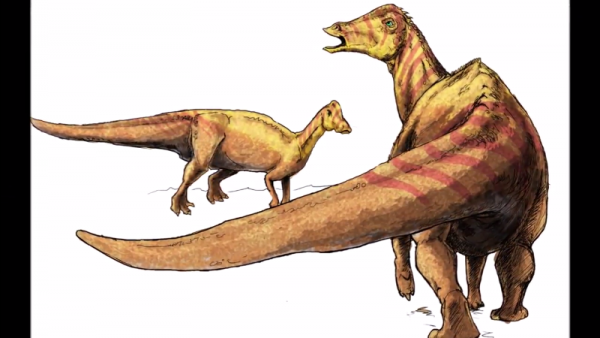
Nipponosaurus is an herbivorous dinosaur during the Late Cretaceous Period. (YouTube)
The fossilized skeleton of Nipponosaurus sachalinensis, a controversial hadrosaurid dinosaur, was first discovered in southern Sakhalin in 1934. Now, researchers finally revealed the mysteries behind this controversial dinosaur, which is found to be a juvenile and a valid taxon that had not reached sexual maturity.
Like Us on Facebook
Nipponosaurus is an herbivorous dinosaur during the Late Cretaceous Period. The dinosaur was named by Professor Takumi Nagao of Hokkaido Imperial University in 1936, based on the Japanese word of Japan, Nippon, because Southern Sakhalin was part of the territory of Japan before World War II. This is the first ever study of dinosaurs in Japan, and the work of Nagao considered as a genesis of dinosaur research in the country.
A graduate student of Hokkaido University re-analyzed the dinosaur in 2004, suggesting Nipponosaurus is likely a juvenile and similar to hadrosaurid Hypacrosaurus in North America. Different hypotheses were proposed after that, denying Nipponosaurus' independent taxonomic status. This approach started from the fact fossilized bones belonged from an immature dinosaur, and bones changed while it matures.
Ryuji Takasaki, an Associate Professor Yoshitsugu Kobayashi at the Hokkaido University Museum and a graduate student at Hokkaido University, together with researchers in the U.S. and Canada studied the stage of development of the Nipponosaurus through dissecting three fossilized bones: rib, chevron, and femur.
Researchers have found that the vascular canals' orientation in the thighbone was modified - reticular in the inner cortex shifting to laminar in the outer cortex. The number of lines showing arrested growth, like growth ring of trees, is also confined to two in overall bones. These features reveal that Nipponosaurus is really a juvenile and had not reached sexual maturity.
Bones of other hadrosaurids were compared to the bones of Nipponosaurus, and the team found bizarre features on Nipponosaurus' bones that never changes as it grows. These features are coronoid process extending vertically from the shelf-like structure, extremely short front legs, and broad shelf-like structure on the lower jaw. The finding led to the conclusion that Nipponosaurus is certainly a valid taxon.
Nipponosaurus is closely related to hadrosaurid Blasisaurus and Arenysaurus in Europe, and researchers said that it is more primitive hadrosaurid than previously believed. Moreover, Nipponosaurus belongs to dinosaur species that moved from Europe to the Far East, not from North America.
-
Use of Coronavirus Pandemic Drones Raises Privacy Concerns: Drones Spread Fear, Local Officials Say

-
Coronavirus Hampers The Delivery Of Lockheed Martin F-35 Stealth Fighters For 2020

-
Instagram Speeds Up Plans to Add Account Memorialization Feature Due to COVID-19 Deaths

-
NASA: Perseverance Plans to Bring 'Mars Rock' to Earth in 2031

-
600 Dead And 3,000 In The Hospital as Iranians Believed Drinking High-Concentrations of Alcohol Can Cure The Coronavirus

-
600 Dead And 3,000 In The Hospital as Iranians Believed Drinking High-Concentrations of Alcohol Can Cure The Coronavirus

-
COVID-19: Doctors, Nurses Use Virtual Reality to Learn New Skills in Treating Coronavirus Patients


